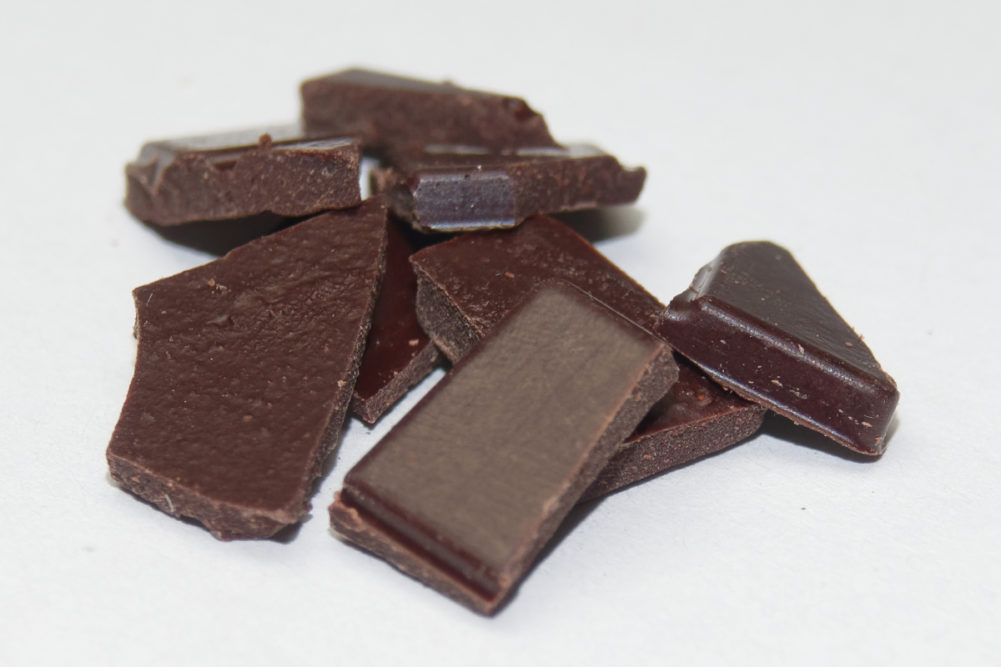A new methodology that quickly quantifies the flavor profile of cocoa samples is suitable for use by companies, according to researchers from the Technical University of Munich and the Leibniz-Institute for Food Systems Biology (LSB) who developed the methodology.
In countries that produce cocoa, random visual inspections of the beans and trained sensory personnel currently assess the quality of cocoa. The new method offers advantages over these conventional analytical methods, according to the researchers.
“Our new methodology requires minimal sample preparation and provides quantitative data on 66 taste-decisive substances using a single mass spectrometric platform,” says Thomas Kauz, PhD, who made contributions to the development of the method as part of his doctoral thesis at the Technical University of Munich.
Corinna Dawid, a professor in food chemistry and molecular sensory science at the Technical University of Munich, adds, “Traditional techniques make it possible to analyze about 10 samples per week whereas this new method allows an analysis of 200 in that time.”
The new method may be applied at any point along the value chain from cocoa bean to chocolate, and it may lay the foundation for a world map containing data on flavor-relevant cocoa ingredients.
“In the future, such a map could help to further optimize processing and production processes by making the flavor profiles of cocoa-containing products, such as chocolate, objectively predictable on the basis of molecular parameters,” says Andreas Dunkel, a food chemist at the LSB who played a leading role in the study.





